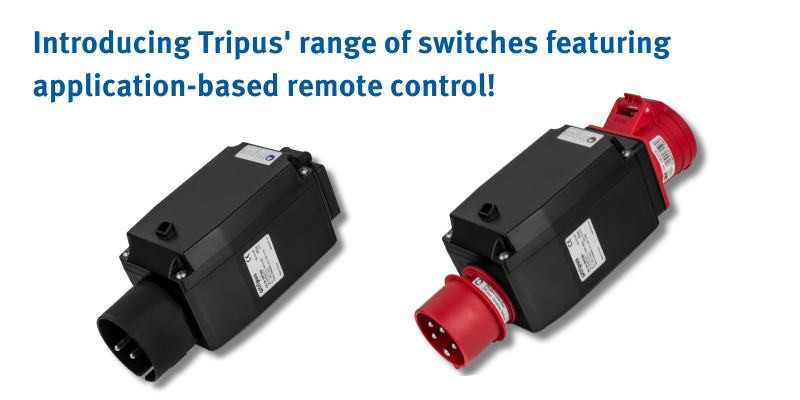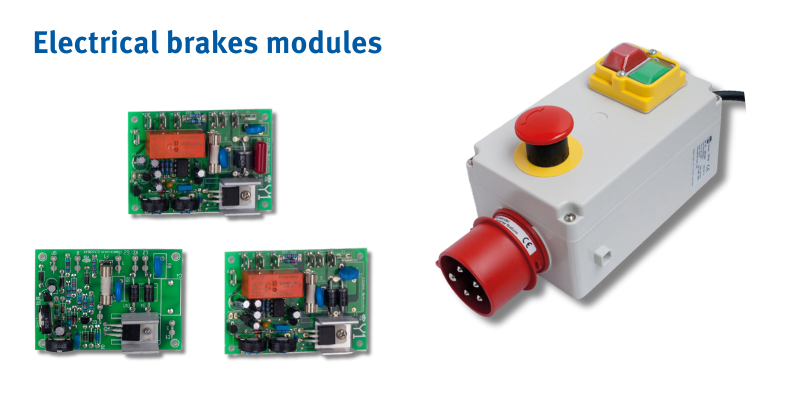SPEED CONTROL OF INDUCTION MOTORS
In industry, where process optimization and energy saving are crucial, the ability to smoothly change motor speed becomes an invaluable advantage. This article discusses the most popular methods of induction motor speed control, their advantages, and disadvantages.
Why do we control the speed of induction motors?
Before we delve into control methods, it’s worth understanding why this is so important:
- Process optimization: Adjusting motor speed to the current needs of the process (e.g., pump efficiency, conveyor speed) allows for more effective machine operation.
- Energy saving: Operating the motor at a lower speed when full power is not required significantly reduces energy consumption. This is particularly important in applications with variable loads.
- Improved control: Smooth speed control enables precise control over the driven device, which is crucial in many industrial applications.
- Reduced mechanical wear: Avoiding sudden speed changes and operating at optimal speed reduces mechanical stress and extends machine life.
- Noise reduction: Lower operating speed often translates to less noise generated by the motor and the driven device.




